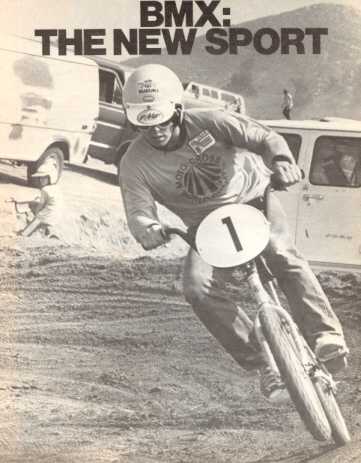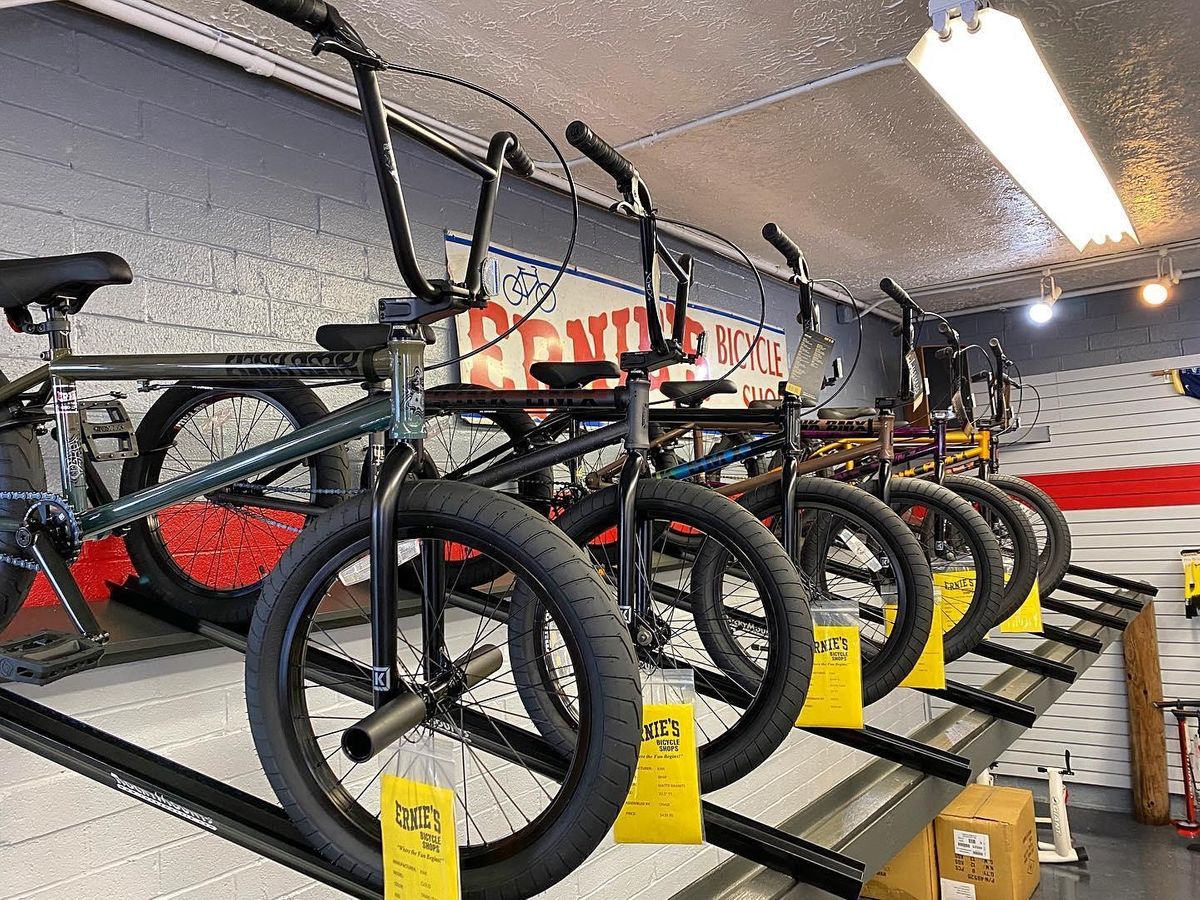The bike that we all know and love as the BMX bike is what has come to be known as bicycle motocross (BMX) racing. Originally, a BMX was just what you would call any type of stunt or trick on a bicycle. The term “BMX” originated from what was originally called “Bicycle Motocross Association.” In 1975, it became more than what it once was and took off in popularity.
Have you ever wondered what BMX stands for? This blog post will discuss what BMX bikes are and what does Bmx stands for. You’ll also learn about the history of BMX, how to ride a BMX bike, what gear you need, and more!
Table of Contents
What is the history of BMX bikes?

BMX bikes were originally built for dirt track racing. But in the 1970s, people started to see them as a new way of doing stunts on their bikes. They soon became popular all over America and then around the world!
Origins Of BMX
BMX bikes originated in America during the early 1970s. The bikes originally were designed for kids to use as an alternative method of transportation in suburban neighborhoods. Nowadays, BMX or freestyle riding is more popular than ever before due to increased availability and popularity on social media platforms like Instagram & YouTube.
Which BMX tricks should I learn first?
The first thing that you should learn how to do is bunny hops – this will help with jumping up onto ledges or other obstacles like stairs and curbs. You can also try 180’s which are when you turn 180 degrees without using your hands at all. This trick requires practice but it looks really cool once mastered. Another skill that is very important in BMX riding is wheelies (driving one wheel while standing). These skills sound difficult, but maybe not so much after you see how easy it is to ride a BMX bike!
What gear do I need for BMX?
The first thing that any rider should make sure they have are gloves. You can use them to grip the handlebars and give your hands more protection from injuries. Remember, safety always comes first when riding on a BMX bike! Another essential piece of equipment is protective eyewear – this will keep dirt out of your eyes as well as other debris like rocks or sticks. A helmet protects against head injury in case you fall off while speeding downhills such as those found in motocross courses. Pads are also important because there’s nothing worse than getting bruises all over your arms and legs if you land wrong during a race or practice.
What are the types of BMX? What does BMX stand for?
There are two main styles of bike: street style (i.e., dirt jumping) and race-style (i.e., flatland). Race-style bikes generally have a shorter wheelbase but still feature fat tires that help with traction when airborne or skidding around corners at high speeds while both styles utilize hydraulic brakes not found on mountain bikes. BMX stands for bicycle motocross and is associated with dirt jumping or street riding styles.
As a whole, people may not know what does BMX stands for but it’s important to understand the history of these bikes that have been around since the early 1970s!
What are some other ways you can do BMX? What type of bike should I buy if I want to start doing this sport?
BMX riders can also participate in longboard skateboarding types as well as mountain biking. The best type of bike depends on your skill level & desired experience level—for example, beginners would benefit from an entry-level race-style bike while advanced athletes might opt more towards a jumpstyle frame.
What sizes of bikes are there in the sport?
BMX bikes come in a variety of sizes, with the most common being 20-inch frames for kids and 24. Some BMX riders like to ride teeny bikes that are between 16-18 inches – these can sometimes even be used by adults as well!
What parts make up a BMX bike?
A standard BMX frame has two sets of handlebars on either side of the seat, which is usually comfortable enough for one person. The top tube (the piece running from front wheel to back) connects to the head tube – this holds both brake levers and headset cups where bearings, spacers, bolts & nuts secure it all together. On each end of the headtube, there’s an axle cup that attaches the handlebars and stem.
The seat supports the rider’s weight, while chain tensioners on either side control how tight or loose a bike’s chain is. The frame of most BMX bikes also includes two wheels with pneumatic tires as well as one front sprocket (a small cogwheel) that meshes into the crankset – these are responsible for propelling the bike forward. Some frames have an additional set of pegs near their rear end to help balance riders when they do tricks off ramps during the competition!
How did the sport start and grow to what it is today?
BMX started as a way to keep kids off the street and was introduced by motocross racers in the 60s. The first BMX race was held on July 10th, 1969 with boys taking part before it became an organized sport.
This led to kickstarting what we now know today as freestyle BMX racing where riders would jump their bikes over various obstacles like rails and stairs–which is still present in modern-day competitions!
Conclusion
You’ve probably seen a BMX bike before, and it might have piqued your curiosity about what exactly they are. They were originally designed as dirt bikes for kids, but over time the sport has evolved to include all skill levels from beginners to professionals in competitions around the world. The biking community can be very tight-knit because of how long this sport has been around. It doesn’t matter if you’re just getting into it or already love riding at home on weekends with friends; we appreciate every level of rider out there that helps make our sport great. Have any questions? Feel free to ask us anything below in the comments section!




